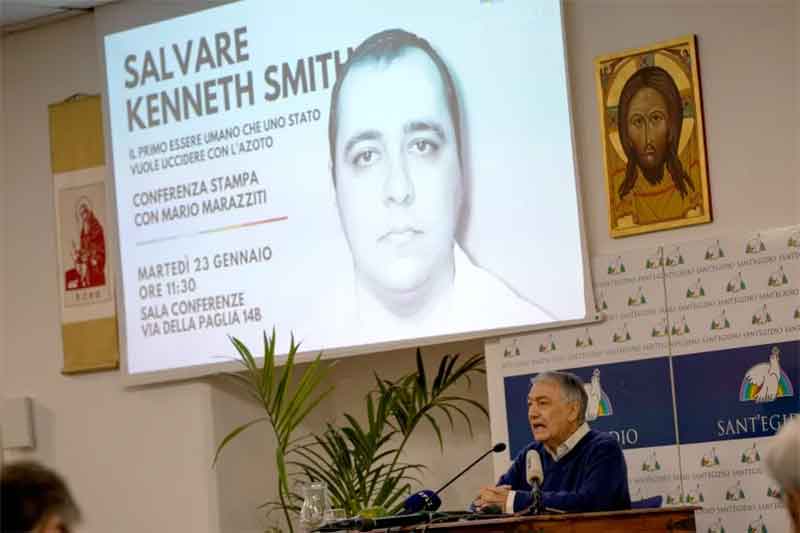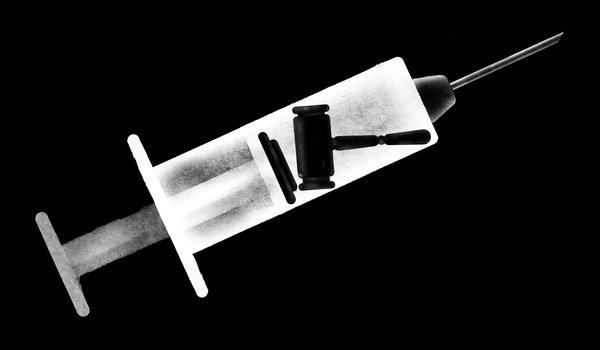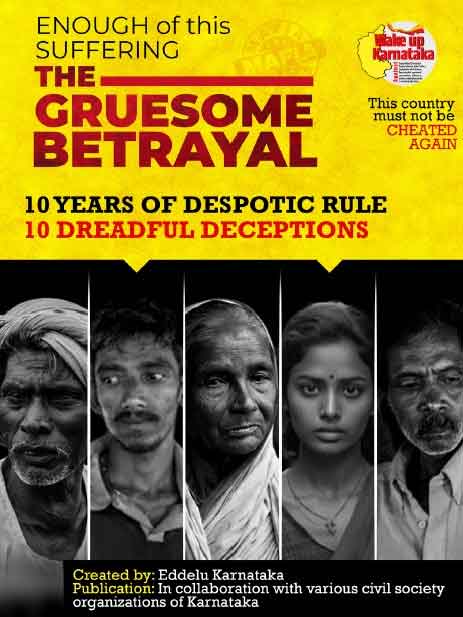
President of India, Mr. Pranab Mukherjee rejected five more mercy petitions between 25th and 26th May, 2017. With his current rejections, he has achieved 42 rejections and seven acceptances of mercy petitions during his tenure. There has been marked increase in rejections of mercy petitions in recent years, especially, after Mr. Pranab Mukherjee assumed office in 2012, former Presidents have chosen to exercise “pocket veto” i.e., delaying the Presidential assent on the recommendation than rejecting petitions.
Current rejections are of five people charged with similar offences in different cases. One set of rejections is for the accused of gang rape and murder of a working woman in Pune by the cab driver and his friend. The other set of rejections relate to two persons accused of raping and killing a minor girl. What is extremely glaring is that in the second case the Supreme Court had dismissed the appeal summarily!
It cannot be overstated that death sentence and sexual violence against women have no connection whatsoever and feminist scholars have for long been against cruel, barbaric, and disproportionate sentences. PUDR has always advocated for objective based sentencing rather punitive and retributive sentencing.
Punishments must not be merely tools to strike terror in the minds of the accused rather aim at reformation and rehabilitation of the accused and Death Penalty as a form of punishment does not leave room for the same. It is also to be reiterated here that any criminal offence is a reflection of the structure of the society and to punish the perpetrator alone, without addressing the structural problem does not help. For instance, in the case of sexual offences against women like rape the outrage which leads to harsh punishments is also because of the norms of chastity of the female body. It is patriarchal norms such as these that also need to be addressed rather than hanging the perpetrator who is just one actor in the whole system.
It is also significant to note the Death Penalty Research report conducted by NLU Delhi which has found that majority of the accused sentenced to death belong to most marginalized sections of the society and are economically vulnerable and who often not able to afford advocates. The system is heavily skewed against poor, minorities, dalits, and women. Perhaps that is the reason that more than half of the prison population come from these sections. In such a scenario death sentence not only becomes a barbaric punishment but also a tool used by instrumentalities of the state to target certain sections of population.
The court in its judgment has yet again used the “collective conscience” narrative to justify the death sentence. The court did not find weight in the mitigating factors like unattended ailing mother, young age of the offenders, and no criminal antecedents. Further, the court ruled out the possibility of reform without any evidence presented by State to support impossibility of reform. The SC has earlier already ruled that death can only be imposed when any alternative option is unquestionably foreclosed. It is for these kind of errors, omissions, and impossibilities that pardoning power rests with executive, so that what judiciary could not take into account owing to rules of evidence and law can be seen into, so that where judiciary errs the executive can correct error of judgements, and so that a life can be spared where it should be spared.
The collective conscience of the nation and society are bigoted normative constructs which judiciary has co-opted and using it as trump card in sentencing rather than established rules of law and precedents. After the judgments in Bachan Singh v State of Punjab (1980) and Machhi Singh v State of Punjab (1983), the mandate was clear that death sentence can only be rarest of rare cases and in order to arrive at rarest of rare case an evaluation of aggravating and mitigating factors needs to be done. However, after the ruling in Dhananjoy Chaterjee v State of West Bengal(1994), the collective conscience of society became the benchmark of sentencing. Collective conscience of society is purely arbitrary as opposed to the objective tests of mitigating and aggravating factors. For there is no way to define what is collective conscience and when it may be shocked? In such a situation collective conscience becomes nothing but a cloak to preserve and propagate the biases of ruling class and protect the elites of the society. Gradual supplanting of collective conscience as sentencing policy of courts rather than accepted norms of proportionality and reformation has reinforced the class, caste, gender and majoritarian biases into sentencing of the convicts. It is therefore, also important that a discourse against collective conscience be built and courts are forced to abandon collective conscience and return to reformation oriented punishment.
Death sentence is the most barbaric, cruel, and archaic punishment, however, we continue to believe in such a punishment – an act of utmost inhumanity we do not want ourselves to free from. In the context of the above we as PUDR demand:
Commutation of death sentences of the accused in the above cases
Abolishing of death sentence for any crime
Rationalizing of sentencing policy and abolition of collective conscience as a benchmark for sentencing.
Cijo Joy and Anushka Singh
Secretaries, PUDR
28th June 2017












































